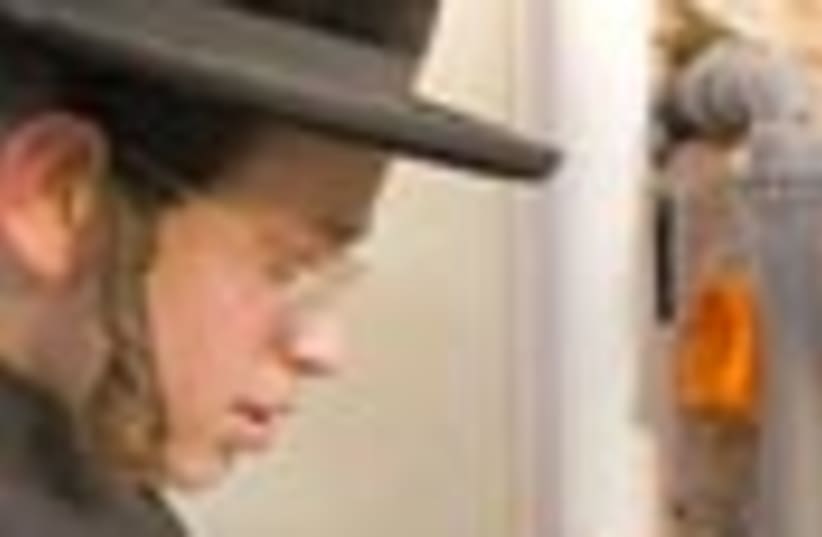| More about: | Christopher Columbus, Chaim Potok, Byzantine Empire, Rosh Hashanah |
Special delivery from Italy
Every year the orchards of Calabria produce a rare crop of etrogim.


| More about: | Christopher Columbus, Chaim Potok, Byzantine Empire, Rosh Hashanah |